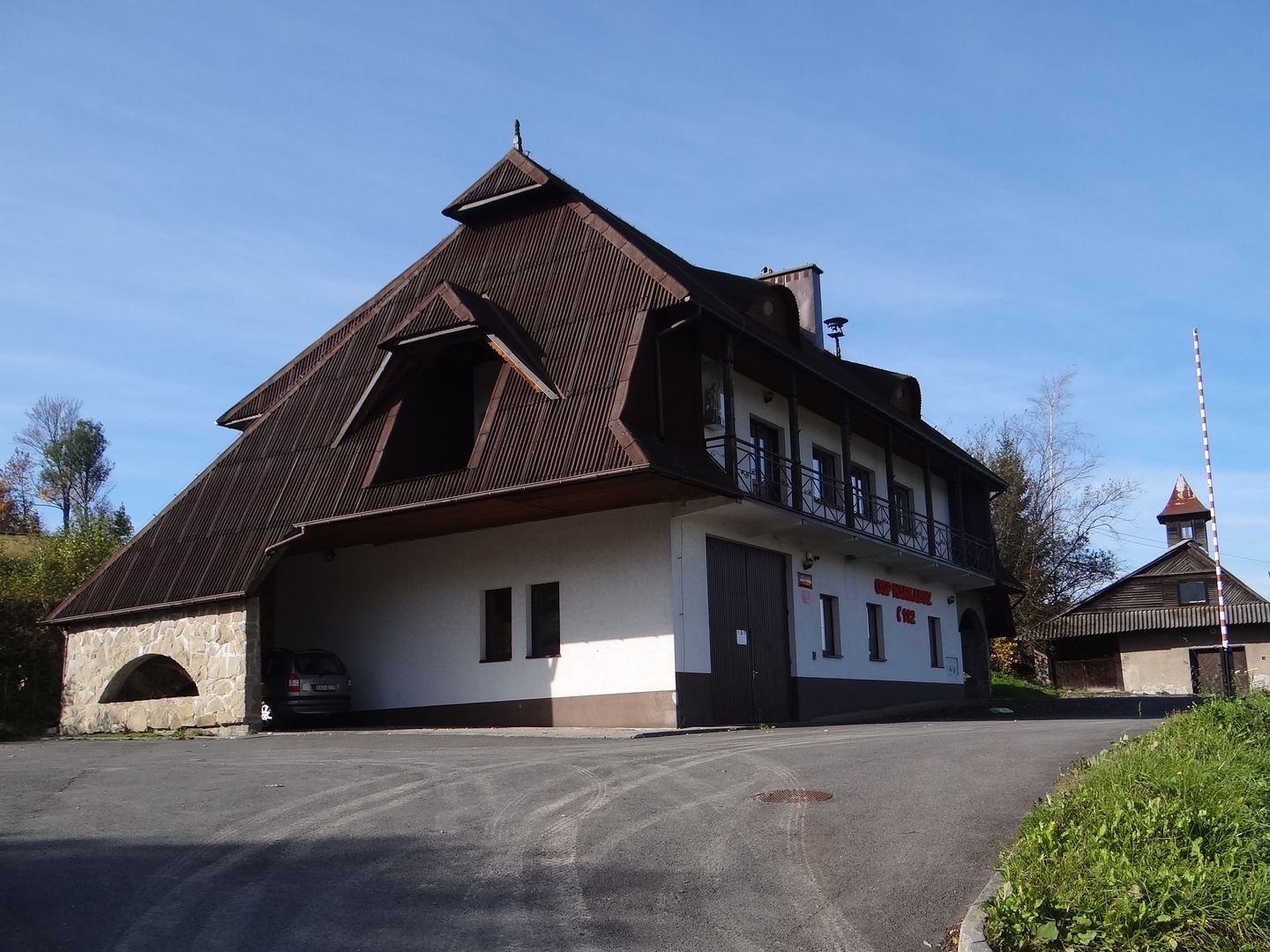Harkabuz
6.05

Overview
Harkabuz is a village located in the Lesser Poland Voivodeship, within the municipality of Raba Wyżna. It boasts a rich history dating back to the 17th century, when the first settlers, fugitives from the estates of Mikołaj Zebrzydowski, began to establish themselves here. The name of the village derives from its first village leader (sołtys), Bartłomiej Harkabuz, whose rights to collect tributes from the residents were confirmed in documents from 1597. Harkabuz developed slowly, and by the beginning of the 17th century, it already had five houses. In the 18th century, the inhabitants were primarily engaged in agriculture, cattle breeding, and spinning and trading flax fiber. In the 19th century, Harkabuz became part of the Kingdom of Hungary, and after World War I, it was incorporated into Poland, as confirmed by the Polish-Czechoslovak agreement of December 1918. For a period between 1939 and 1945, the village was occupied by Slovakia. Architecturally, the village is typical of the region, with buildings and fields occupying the valley of the Orawka stream. Harkabuz is currently inhabited by 528 residents, who speak the Orawian dialect. An interesting fact is that the village was frequently visited by notable figures, such as President Lech Wałęsa and Cardinal Stanisław Dziwisz, due to its association with a courier route from World War II and popular walking trails used by John Paul II. In 2006, the Road of Solidarity was opened, connecting Harkabuz with the nearby Raba Wyżna, highlighting the significance of this locality in the region. With its fascinating history and unique culture, Harkabuz represents a valuable heritage of the Lesser Poland region.
Location
2025 Wizytor | All Rights Reserved